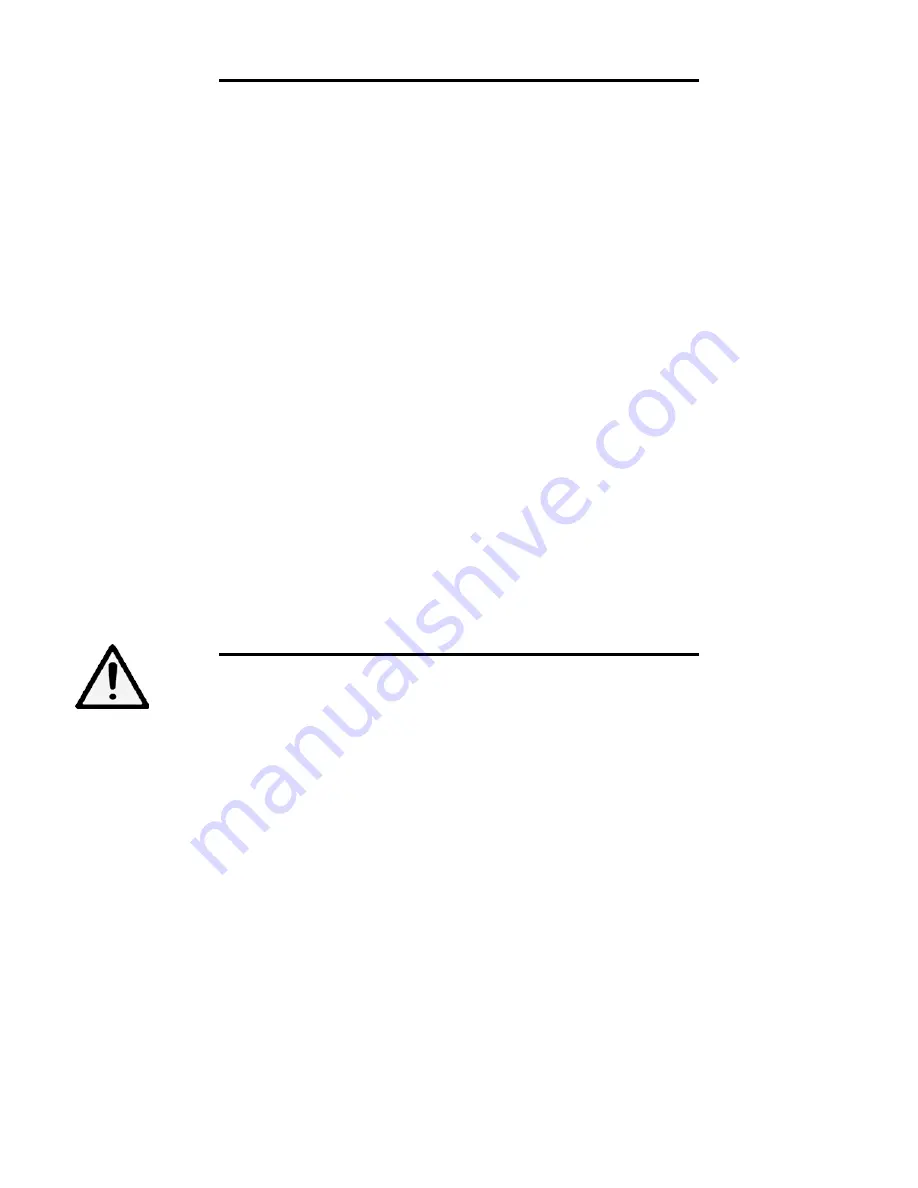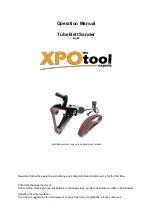
4
14. NEVER STAND ON A TOOL. Serious injury could result if the tool tips or is accidentally hit. DO NOT store
anything above or near the tool.
15. DO NOT OVERREACH. Keep proper footing and balance at all times. Wear oil-resistant rubber-soled foot-
wear. Keep the floor clear of oil, scrap, and other debris.
16. MAINTAIN TOOLS PROPERLY. ALWAYS keep tools clean and in good working order. Follow instruc-
tions for lubricating and changing accessories.
17. CHECK FOR DAMAGED PARTS. Check for alignment of moving parts, jamming, breakage, improper
mounting, or any other conditions that may affect the tool’s operation. Any part that is damaged should be properly
repaired or replaced before use.
18. MAKE THE WORKSHOP CHILDPROOF. Use padlocks and master switches and ALWAYS remove start-
er keys.
19. DO NOT operate the tool if you are under the influence of drugs, alcohol, or medication that may affect your
ability to properly use the tool.
20. USE SAFETY GOGGLES AT ALL TIMES that comply with ANSI Z87.1. Normal safety glasses only have
impact resistant lenses and are not designed for safety. Wear a face or dust mask when working in a dusty environ-
ment. Use ear protection such as plugs or muffs during extended periods of operation.
GENERAL SAFETY RULES
WARNING: Do not operate this tool until it is completely assembled and installed according to
the instructions.
1. Wait for the belt to stop before setting the tool down. An exposed rotating belt may engage the surface, leading
to possible loss of control and serious injury.
2. Hold the power tool by the insulated gripping surfaces only in case the belt contacts its own cord. Cutting a “live”
wire may make exposed metal parts of the tool “live” and could give the operator an electric shock.
3. Secure the workpiece to a stable platform using clamps or another practical method. Holding the work by hand
or against the body leaves is unstable and could lead to a loss of control.
4. Secure the material being sanded. Never hold it in your hand or across your legs. Small workpieces must be ad-
equately secured so that the rotating belt doesn’t pick them up during the forward motion of the sander. Unstable
support causes the belt to bind, resulting in a loss of control and possible injury.
5. Always start the sander before the sanderpaper is in contact with the workpiece. Let the sander reach full speed
before using the tool.
6. Check the workpiece for nails. If there are nails, either remove them or set them well below the intended finished
surface so that they do not come in contact with the surface of the sander.
SPECIFIC RULES FOR THE SANDER






























